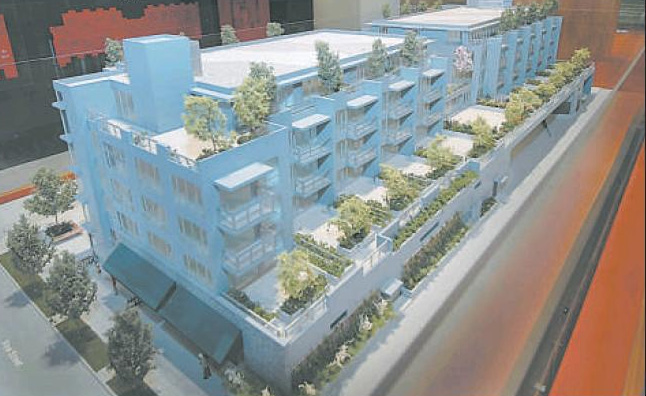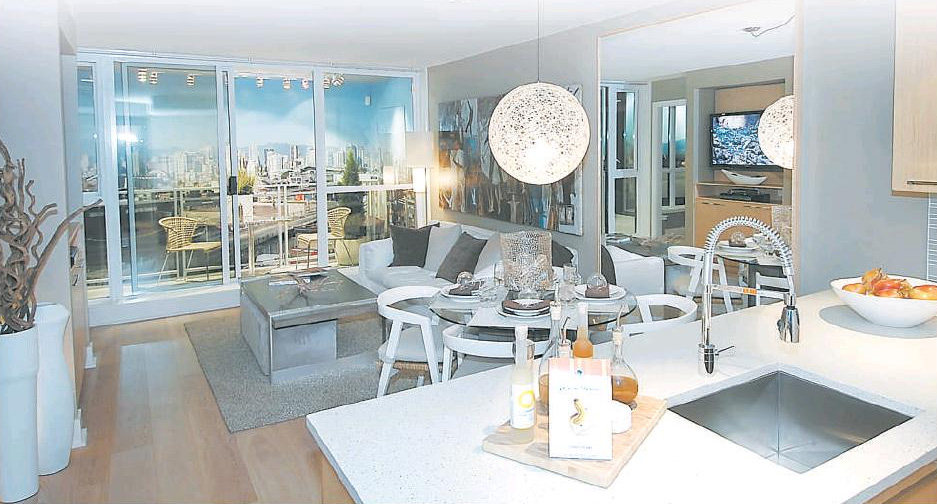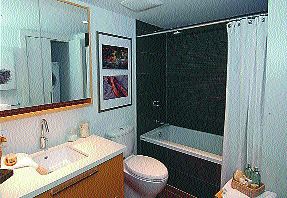Peter Busby
Sun
Vancouver is engaged in a debate about EcoDensity. The city has proposed a process to find a vision for Vancouver that will result in definition of new medium- and higher-density neighbourhoods in locations other than the downtown peninsula, and to combine livability, affordability and sustainability with zoning changes that will allow continued growth.
Concerns are mounting: NIMBY voices are rising in consternation; change is being viewed as threatening inevitable erosion of our cherished civic qualities.
The question remains: How do we accommodate growth in a positive manner, maintain our city’s livability, ensure that there are affordable housing options, and reduce our carbon footprint all at the same time? Where will our children find affordable housing? Where will our seniors live out their years?
Contrary to generally accepted notions of what needs to be done, cities are the most important opportunity to fight climate change. Eighty per cent of Canadians live in our largest 25 communities. Cities build and own more buildings than any other entity, provide our water, collect the garbage and recycling, run our transit, build our roads, collect and treat our sewage, regulate building design and construction, and set patterns of land use, zoning, and density. The future of the fight against global warming rests with these 25 largest cities.
Recent data reveal that the average Vancouver resident causes five tonnes of greenhouse gas emissions per year. Compared to Calgary (17 tonnes/year) and Toronto (nine tonnes.) This is encouraging, but when compared to livable, dense, European cities like Oslo, Norway (2.5 tonnes/year), we realize that Vancouver can do much, much better.
Cities throughout the European Union are working towards reducing their average GHG emissions to 2.5 tonnes/year — a reduction that scientists agree could shift the tide of climate change. To do this, Europeans are focused on four major areas to improve their cities: Land use, public transportation, greener buildings, and community-scale district infrastructure.
Metro Vancouver studies show that residents living in multi-family housing in the downtown area emit one-quarter of the carbon of those who live in single family houses. Simply put, multi-family housing is more energy-efficient. Shared walls reduce energy losses and shared utilities reduce overall consumption. Denser living also encourages walking, biking and public transportation over automobile use.
Since roughly half of our emissions come from buildings and a third stem from transportation, denser living can make a dramatic impact on our GHG footprint.
We need to change the way we think about our city. I believe that Vancouver can be a vibrant, dense city and still retain its existing beauty: Stunning geography, parks and neighbourhoods. However, density itself is not the answer.
EcoDensity proposes a diverse mix of development appropriately located in all areas of our city. I envision neighbourhoods that retain their unique character while adding denser housing typologies — duplexes, coach houses, mid-rise apartments, and, yes, (where appropriate) towers.
The developments in False Creek and Coal Harbour may not be everyone’s cup of tea, but they are smashing successes, the envy of the world and many people all over Canada.
Affordability is the greatest problem. Affordability is created by expanding a diverse supply. The downtown is largely built out. So where can we create more opportunities?
Vancouver neighbourhoods also need to be balanced with a variety of services, civic amenities, places of employment and effective public transportation all within walking distance. This balanced mix brings out the best in neighbourhoods and promotes affordability and diversity. Balanced neighbourhoods can accommodate a student living in a studio apartment, a young couple saving to buy a first condo, a growing family needing a larger home, and a retiree downsizing. When I retire, I hope that I will have the option of remaining in my community, where my wife and I have raised four children, without having to leave our neighbours and friends.
Balanced neighbourhoods of a certain scale and critical mass also lead to innovative ideas for district infrastructure.
In the Dockside Green development in Victoria, we have learned that economies of scale apply to district infrastructure development, allowing for integrated waste water treatment, storm water capture and reuse, energy generation using renewable resources and waste streams, even community transportation solutions and strategies to provide socially responsible initiatives such as affordable housing.
By using synergies between the byproducts of one process and the feedstock of another, district infrastructure is able to eliminate waste altogether, transforming waste products into useful outputs, and resulting in a dramatic reduction in our carbon footprint.
Having practised sustainable architecture in Vancouver for the past 25 years, I am confident that EcoDensity will be a positive initiative for our city. It is a vehicle that will allow us to discuss progressive ideas for city-making and will change the way we plan our city’s growth.
Historically, we have made difficult decisions and shown great leadership in our city policies.
Twenty-five years ago we rejected freeways to keep our communities intact, a decision that has been universally applauded for its foresight and vision. At the same time, the city put into place most of the zoning it has today, which has remained largely unchanged.
It is time to open up the debate and consider new zoning and planning directions. We need a future defined by urban densification around transit infrastructure, with mixed-use communities that have a balance of living, retail and employment opportunities without the need for daily automobile use.
The Canada Line is under construction, the UBC line is in our near-term future. East First Avenue, East Hastings, Kingsway and many other decaying automobile arteries are the future transit corridors that hold immense opportunities for affordable new communities.
Council needs to lay out a grand new vision for the future of Vancouver that is livable, sustainable, affordable, and part of the solution for global warming.
Peter Busby is managing director of Busby Perkins + Will Architects Ltd. in Vancouver.
© The Vancouver Sun 2008














